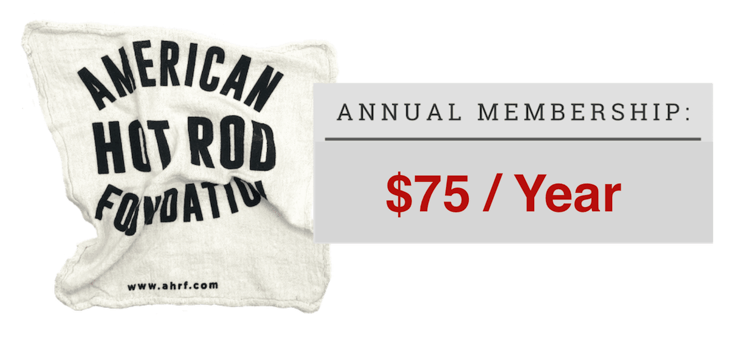We want to congratulate AHRF supporting member Chris Eichert on being chosen as this month’s AHRF Member of the Month!
Those of you who follow our AHRF Hot Rod of the Month contest may recognize Chris as the owner and steward of The Pyle Special roadster that won our contest in February of 2023.
The roadster has been in his family since it was built into a hot rod by his father and his father’s older cousin, Ray Pyle, immediately after WWII. In speaking with Chris about this family heirloom, we were taken by his enthusiasm for traditional hot rodding and the responsibility he feels to “do right” by his family roadster. He believes strongly in the idea of getting the car out, using it and demonstrating it in the way that it was meant to be, in the hope that others may be inspired to get involved and do the same. This attitude couldn’t be more in line with the feelings and goals of the AHRF and, therefore, the nomination of Chris as our latest Member of the Month was an easy one. We hope you enjoy his story, how the Pyle Special survived, and what Chris has to say about the importance of the traditional hot rod movement and the responsibility he feels we all have to honor the pioneers who came before us.
Born and raised in Downey, California, Chris comes from a hardworking family of skilled tradesmen and has carried on this tradition of being a third-generation tile setter. Thanks to the fact that Chris grew up during the 1960s and ‘70s in this part of SoCal, he was able to enjoy somewhat of a rural experience with building forts and tree houses, riding skateboards and dirt bikes, and making good use of the fruit trees during snack time. “It was a free-spirited upbringing,” remembers Chris. “Some of the things we did back then are things that I wish kids could do today. But, some others, maybe not so much.”
As early as age 4, Chris knew he loved cars. His father, Ken Eichert, was a serious car guy who was always dragging home car projects, and Chris was fascinated. “I’ve always been drawn to the cars of the ‘20s through the ‘50s, with customs being a big hit with me when we’d go to car shows,” Chris says. “My dad and his buddies would chase leads that had them pulling cars out of the desert, from behind barns at old farms and junkyards, you name it, and then he’d hit up swap meets with me and my brother in tow. Some of my favorite memories are of going with him to the swap meets and getting there at 4 a.m. so that we could walk the grounds with flashlights and maybe get some good deals on what some of the other swappers were unloading before the crowds got there.”
In addition to all of this car-guy lifestyle, Chris was exposed to serious hot rod culture at the same time, thanks to the fact that his father ran around with many of the early LA Roadsters Club members. Guys like Jack Stewart, Bob Barnes and Jack McNeil. He and his father would visit area shops where builders and speed equipment sellers like Dan Woods, Don Thelan and Ted Brown were doing their business. But the big bite from the bug surely came from Chris’s own father’s super clean and timeless ’29 full-fendered roadster. “Yeah, my dad built his ’29 roadster in the mid to late ‘60s. It was an all-original, full fendered body with late model ( of the day ) Ford running gear. Me and my brother Kenny would sit in it as little kids. He had the car when I was really little. Unfortunately, it was stolen and never recovered. I was only about 5 years old when it happened, but I can still remember how devastated he was,” remembers Chris.
“My dad was always doing something car related and was definitely a car-crazy kid,” Chris says, “thanks, in large part, to his older cousin, Ray Pyle. Ray had a gas station off Tweedy Blvd in South Gate, California, and my dad would hang out there and help Ray with projects. He spent a lot of time with him, and they were really close. Ray had a similar story to a lot of young hot rodders of that time: he had served in the war and saw a lot of action, having gone into the Army Air Corps in 1943. He ended up being a right-waist gunner in a B-17 bomber called ‘The Fox,’ serving in Mighty 8th, 381st and 534th Bomber squadron at Ridgewell, England. He did his entire service fighting over Germany. He was injured and received a Purple Heart as well as two other medal citations. My dad used to tell the story of his injury,” Chris remembers. “Flak had penetrated the thin skin of his aircraft, injuring Ray in the leg and buttocks. It also killed a good friend of his who was the left-waist gunner who was standing right next to him.”
As we have documented with so many of our Hot Rod Pioneers from the war era, an adrenaline rush was a fix that so many young guys chased in the years following their service. Combined with their exposure to the latest technology and tools, it is no wonder that young guys like Ray Pyle raced home to do the only thing that made sense … race!
Chris continued, “With my dad in tow, his older cousin Ray, from the moment he left school, would head to the gas station to work on the roadster or, as he put it … be a big pest to Ray! My dad told stories of stripping down the roadster time after time, getting ready for racing the dry lakes. He could tell you how many nuts and bolts held it all together because he had done it so often. My dad told so many fond memories of Ray and the roadster. Ray was a member of the South Gate Gators car club, and his friend that he went to the lakes with was Kenny Parks ( Wally’s brother ). With a Model B engine and a two-port Riley, they ran 115.97 in 1949. Pretty respectable for a street roadster. I’m happy to say that the modifications and build that Ray did with help from my dad are very much present in the current condition of the roadster today.”
By the late 1950s, the new phenomenon of go-karting caught the attention of Ken Eichert. “Yeah,” Chris remembers, “prior to us kids, he was very active in go-kart racing when it boomed in Southern California. He reportedly created the first lay-down go-kart to hit the kart scene in 1960. He and his good friend, Sandy Rainey, built it in their garage. They followed all the karting rules, specifications, and dimensions. Once finished, they debuted the kart into a race. It was immediately protested as they took it off the back of the truck because it was so different than anything that was produced at the time. It made Karting Magazine with pictures of my dad sitting at the driver’s wheel. Sandy did the fabrication work to my dad’s design, and my dad formed molds for a few fiberglass parts that helped with aerodynamics and body positioning.”
It was shortly after getting out of karting in the early 1960s that Chris’s dad bought the Pyle Special from his cousin Ray and towed it from Pyle’s South Gate gas station to the Eichert family home in Downey. It would sit, untouched and in dry storage until Chris unearthed the car in 2007.
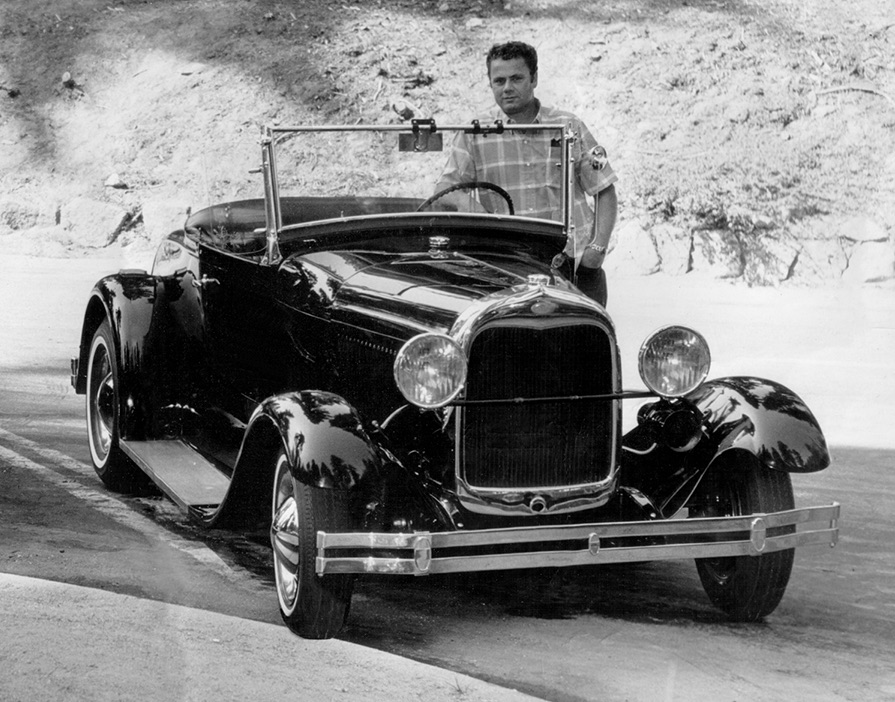
Chris recalls, “The house in Downey that we lived in had two houses on the lot. The back house had an attached single-car garage. It is there that the roadster sat for all of the years I grew up in Downey. The garage door was an original, heavy wood door. The bottom third had tongue and groove ship lap, but at the center handle area the slats had fallen off and my dad patched it with a piece of plywood. The plywood was loose on one side, and I used to shimmy my way between the plywood and wood slats (that’s how young and small I was at the time). Inside it was dark, musty and dirty, the roadster covered in fine silt. I would climb over the front of the car, on to the passenger side and climb my way over the door. The bare seat spring sitting on the floor board. I would climb behind the steering wheel and pretend to go driving. I don’t know why, but that roadster was always mine, or at least I considered it mine. My brother had no chance at it.”
When we asked Chris if he had a feel for how important this historic car was when he was growing up, he had this to say: “The answer is NO. It wasn’t until 2007 or so that I really started to find out the significance of its history, about Ray and my dad’s life around the roadster. Pieces of the puzzle started coming together at that point. Although I had been around the roadster my entire life, I had little understanding of this. Unfortunately, I didn’t know to ask the most important person connected to the roadster when he was still alive, Ray himself. It hurts my heart to think of the stories that man could have told… if I’d just thought to ask. But, at some point, I’d come to understand the roadster’s importance to our family history and its journey during the makings of hot rod history. Neither of which was done with intent. I’ve always seen Ray’s roadster as a representation of so many young men, coming out of the service looking for direction, meaning and purpose to their lives after a world war experience. In my estimation, these young guys found solace, camaraderie, adrenaline, and distraction at the dry lakes. They forgot about war, they didn’t talk about war, they didn’t linger on their past but pushed their experiences in other directions such as the dry lakes. Going fast, developing speed parts, and experimenting with their talents learned from their service. Pushing their machine and themselves to the brink. And this little roadster is an important part of it all. It tells a story about one man’s passion to live, as it does many of the other hot rodders doing the same thing, by the thousands.”
Ray Pyle passed away in 1987 and had very few possessions. He had been living in a mobile home in the desert of Lancaster, California, not far from the dry lake bed on which he once raced. The few items he’d kept to the end of his life speak to what he held dear and what gave him a sense of pride: his Purple Heart, which was always sitting on the kitchen counter. And out back, in a small tin shed, a blown-out Model B block ( with a Riley Two-Port cylinder head, nearby )… the original engine that pushed the Pyle Special to a speed of 115.97 mph in 1949. Ray was clearly happy with that result, as the original SCTA timing tag showing that achievement has remained fastened in the same spot on the roadster’s dash to this day.
Regarding his feelings about the roadster and what it means to be its caretaker, Chris had this to say: “Folks around me may get tired of me telling about the Pyle Special, but it thrills me to get to share the car and its story. I am as much a caretaker to Ray’s roadster as I am to his and my father’s life and memory. I hold dear the stories I can tell and the memories I can share. I enjoy letting people touch it or even sit in it so that they can get an idea of what a hot rod roadster was really like in the 1940s. I enjoy the responsibility that comes with the preservation of what Ray and my dad did so many years ago. I’ve worked diligently to keep it to what they originally built, not to over-do its restoration, and I’m lucky to be able to say that I’ve had very capable hands help me along the way. Now, as I get to show and participate in current events, I’m able to add more to the Pyle Special’s journey, and nothing could make me happier.”
Well said, Chris! And nothing could make us happier than knowing that a historic hot rod is in such capable and thoughtful hands. The fact that the car has made it this far seems like enough of an impossibility. But knowing that it found its way to a family member who couldn’t be a more perfect steward is some kind of planet alignment.
From all of us at The American Hot Rod Foundation, we want to thank Chris Eichert for his support of the AHRF, for the work he’s doing to preserve his own, personal piece of hot rod history, and for being a great representative of our AHRF Membership program. Congratulations on a job well done!

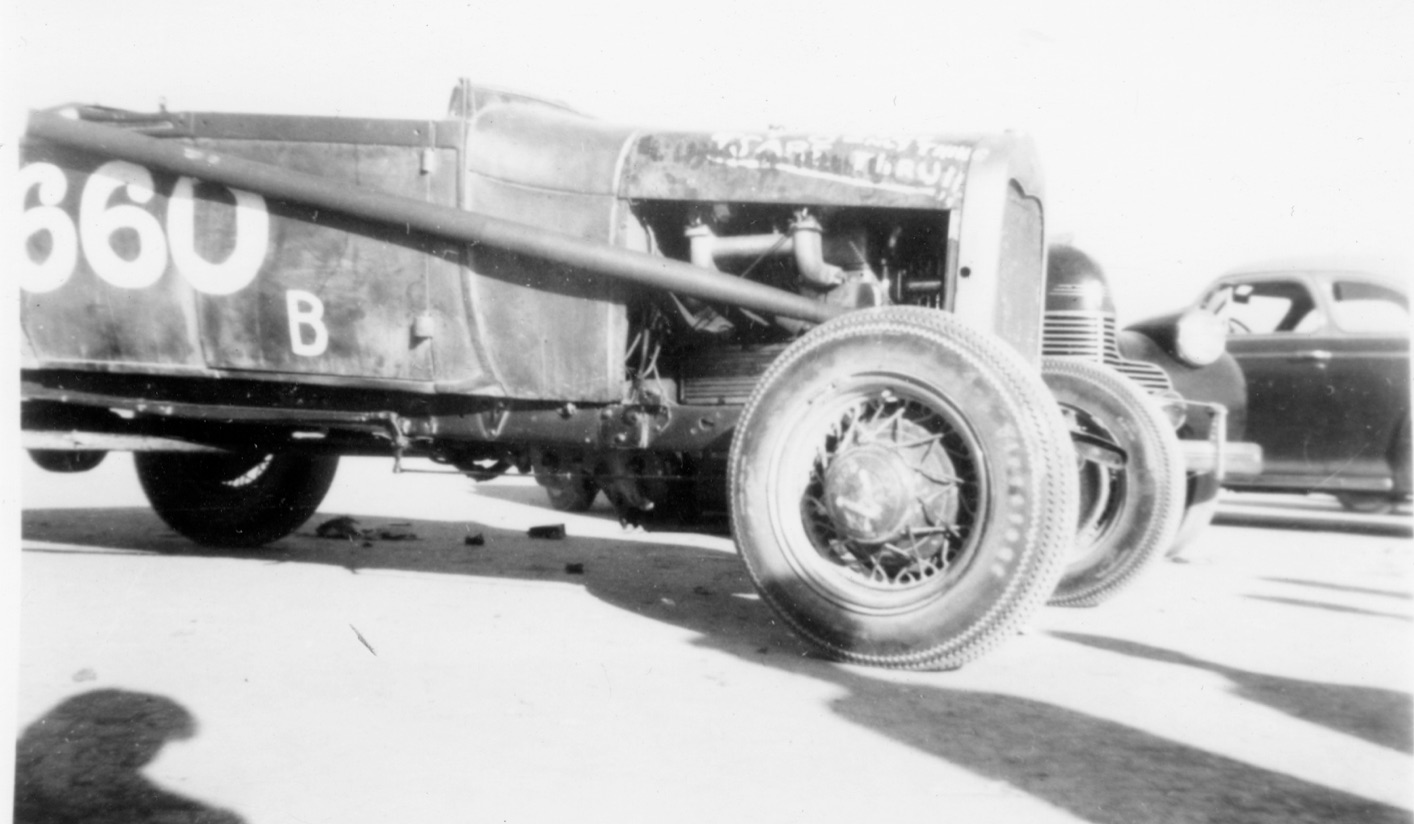
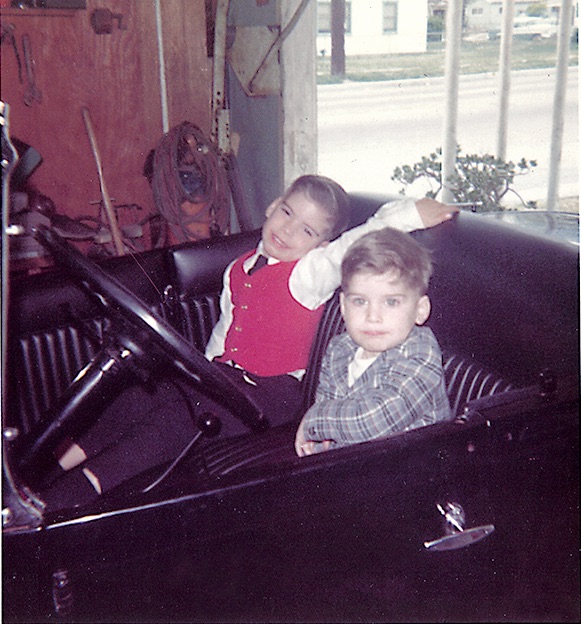
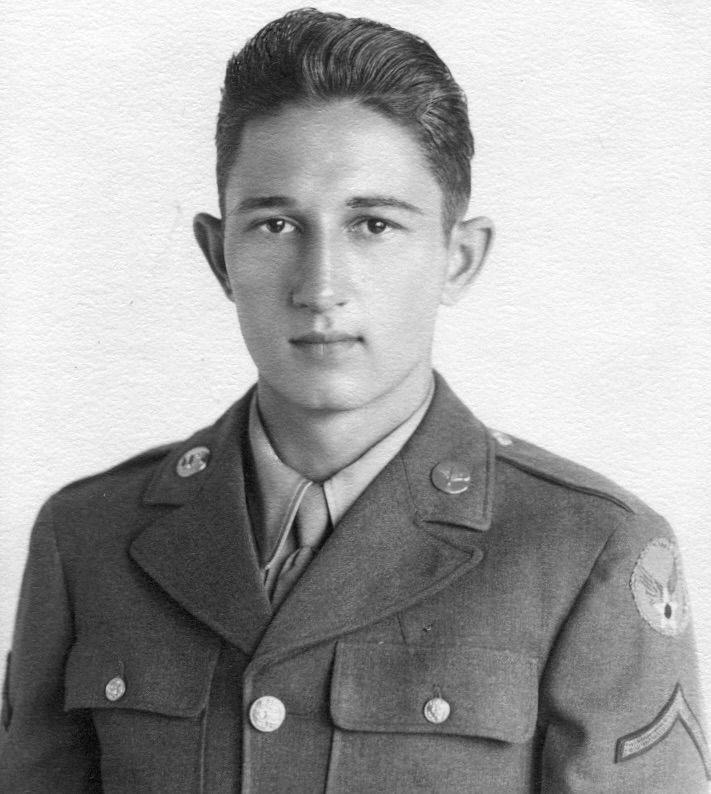
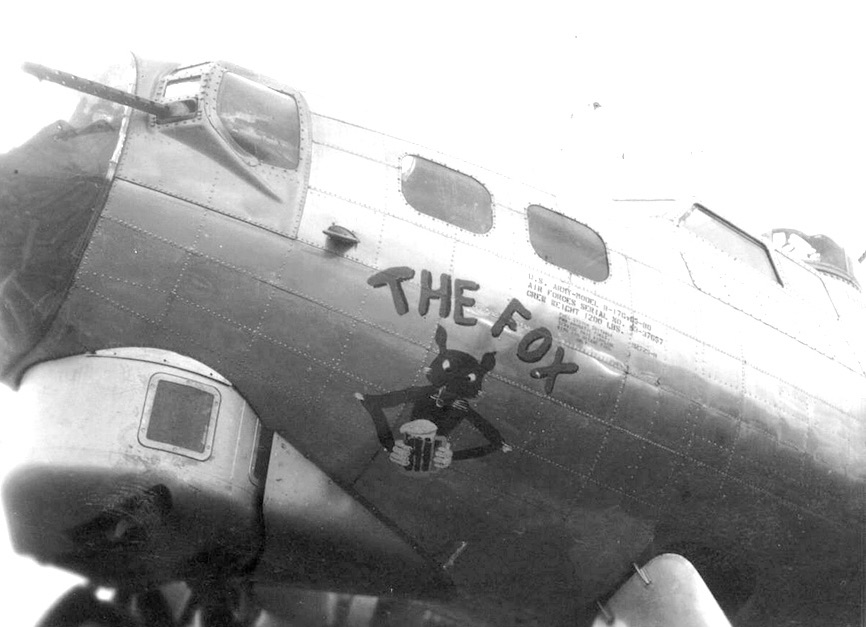
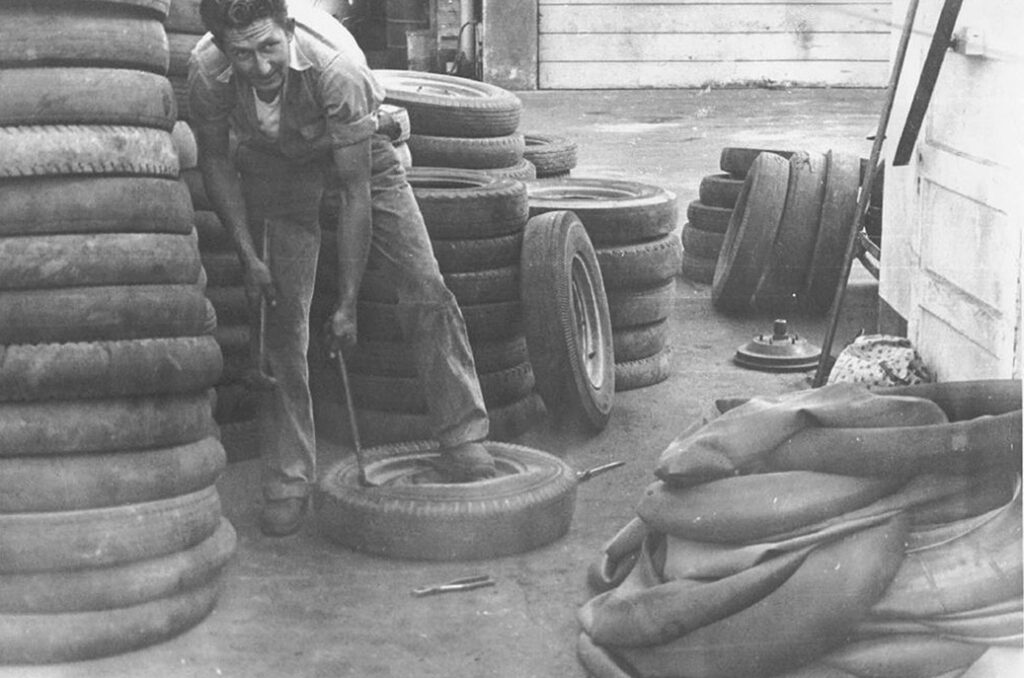
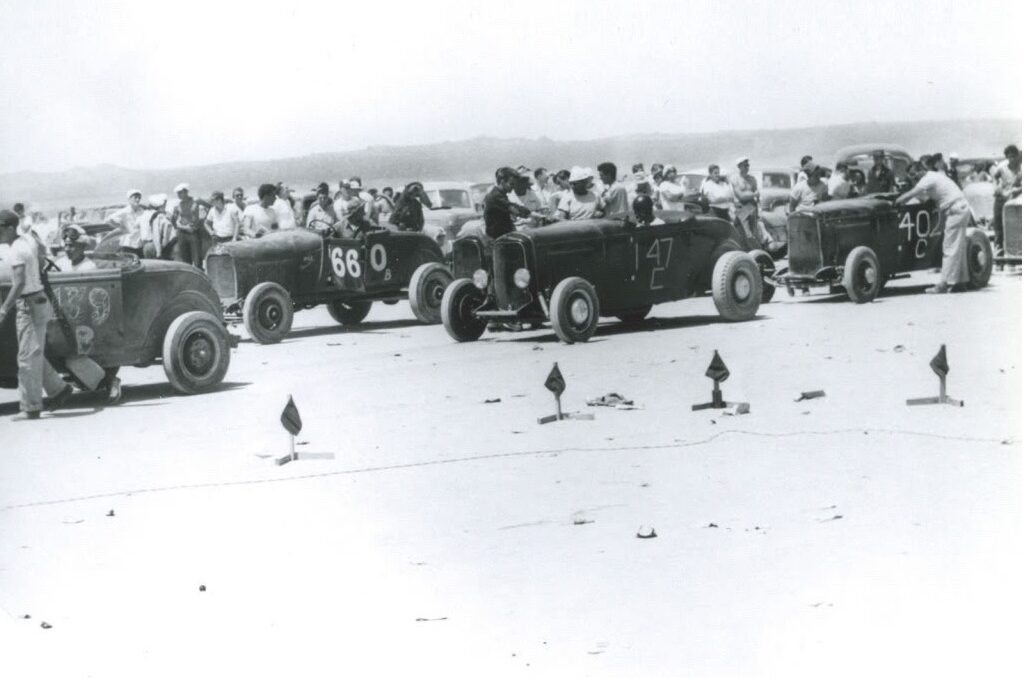
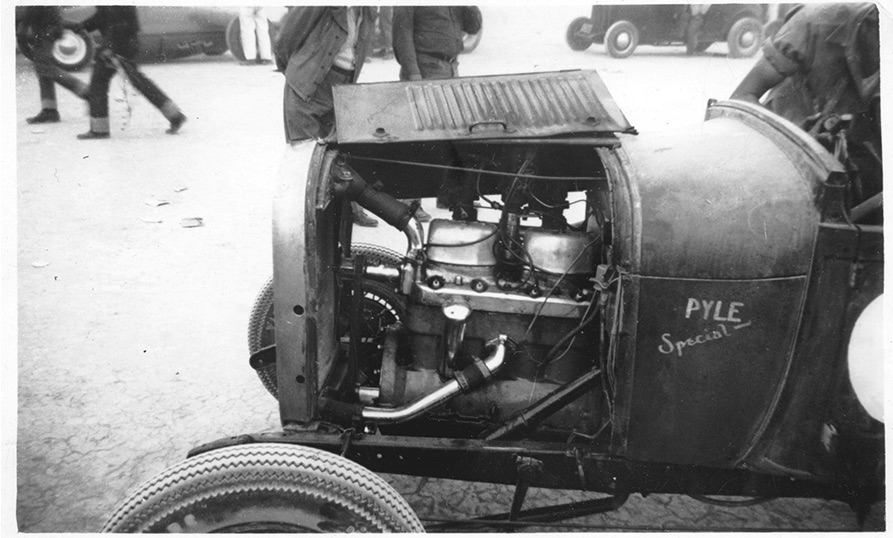
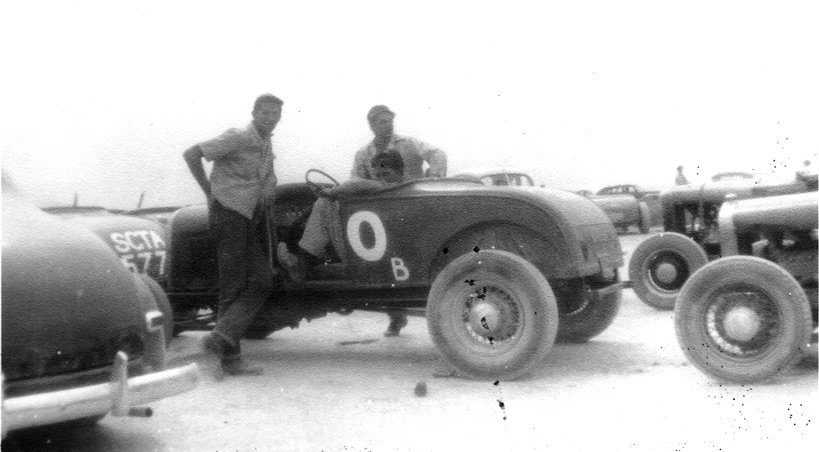
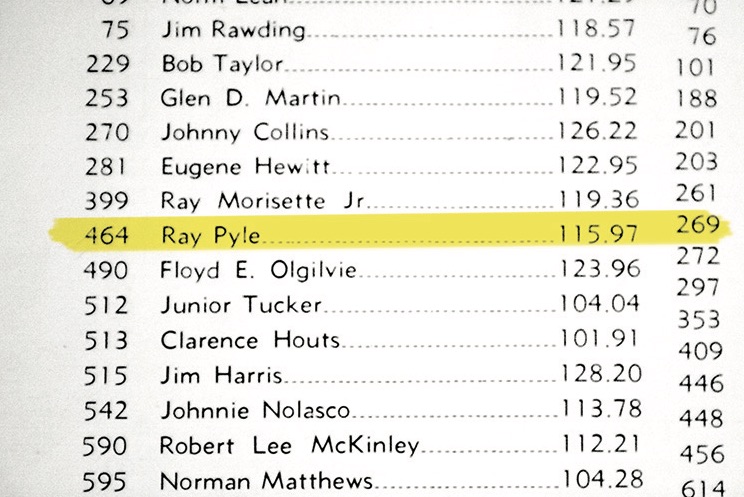

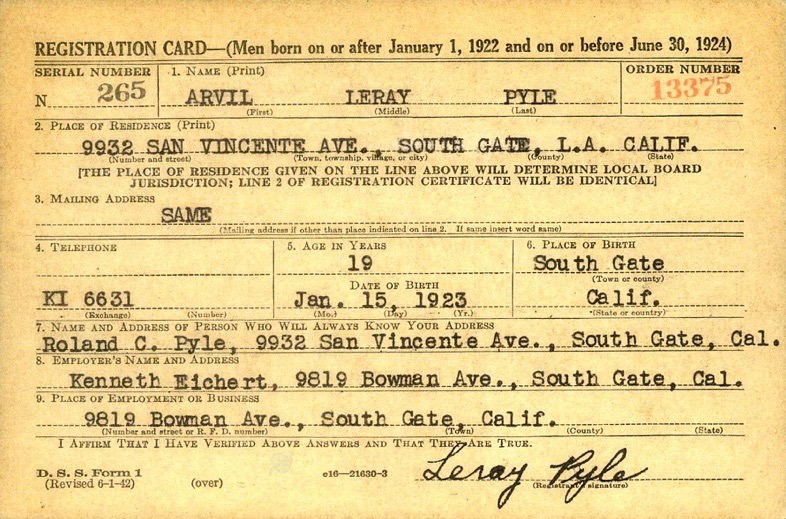
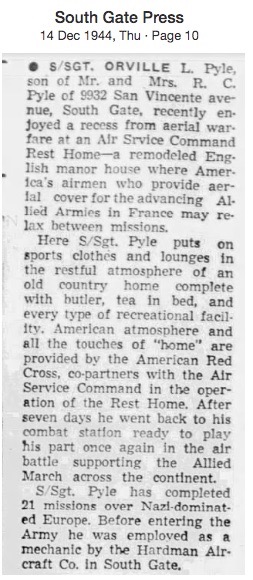
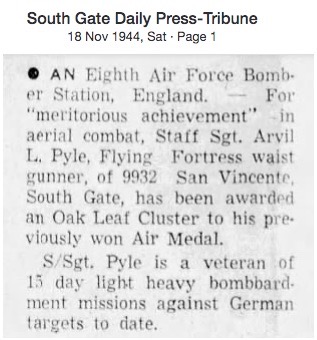
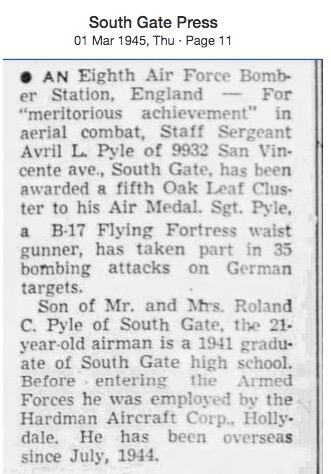
 Jon Fisher: June 2021 Member of the Month
Jon Fisher: June 2021 Member of the Month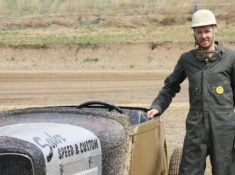 Zach Suhr: February 2021 Member of the Month
Zach Suhr: February 2021 Member of the Month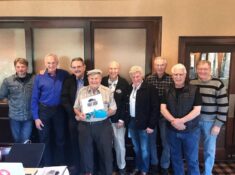 January 2024 Members of the Month
January 2024 Members of the Month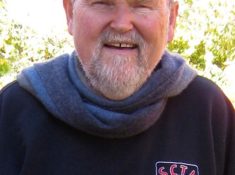 David Fetherston: May 2021 Person of the Month
David Fetherston: May 2021 Person of the Month